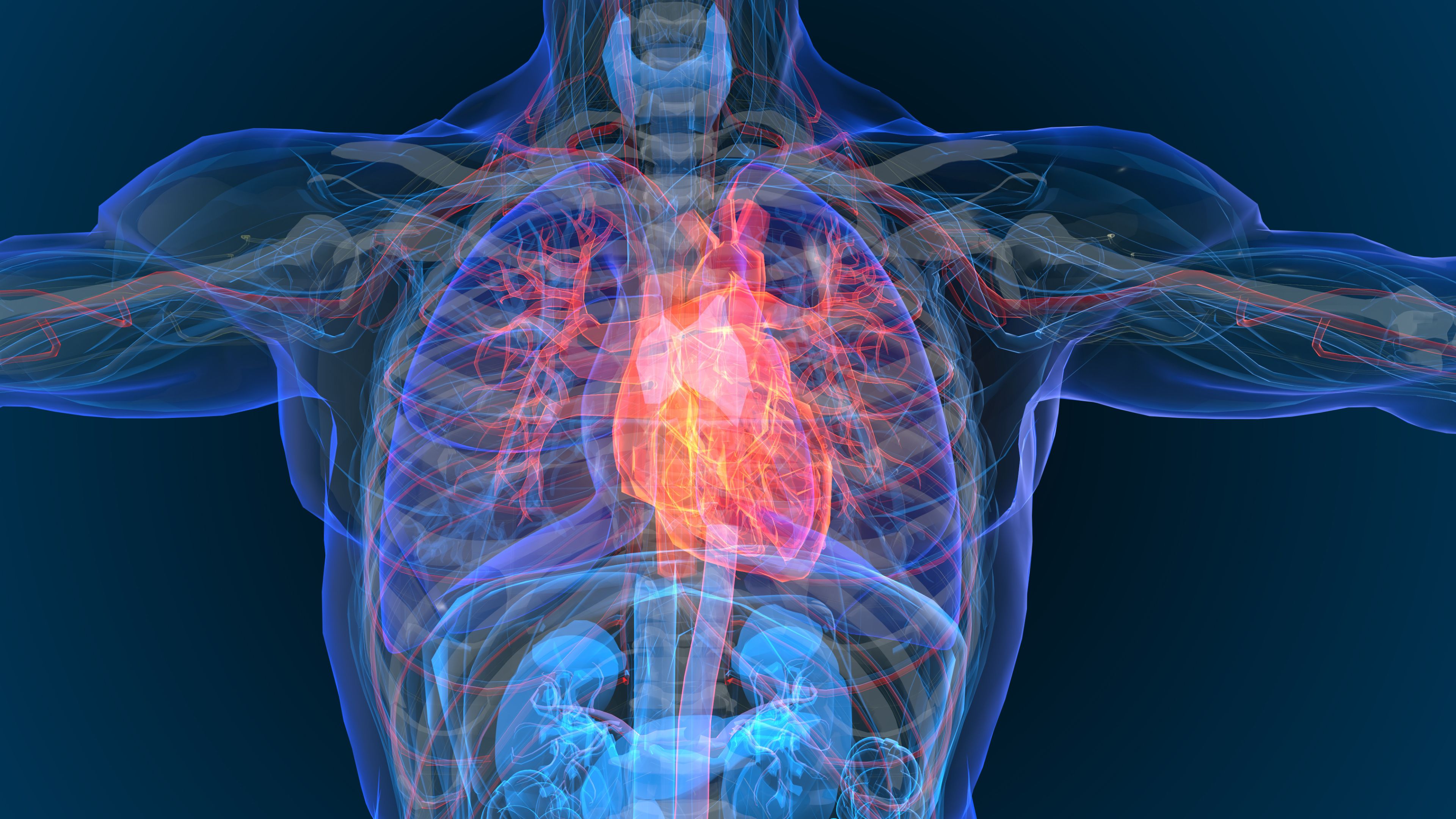Video
Promising Findings From the TOPCAT Study
A discussion on the promising findings from the TOPCAT study.
John McMurray, MBChB: One of the large trials conducted in patients with HFpEF [heart failure with preserved ejection fraction] was the TOPCAT trial, which enrolled just under 3500 patients with heart failure and an ejection fraction of 45% or above. That trial compared spironolactone, a mineralocorticoid receptor antagonist or aldosterone antagonist, to placebo, and the overall result of the trial was not significant. In other words, there was not a significant reduction in the primary composite end point, although there was a nominally significant reduction in heart failure hospitalization of around 15%.
The TOPCAT trial was an interesting trial because it was conducted in the [United States], Canada, Brazil, and Argentina, as well as in Russia and Georgia. As it turned out, the patients who were enrolled in Russia and Georgia perhaps didn’t have heart failure and maybe didn’t take their spironolactone, so they had a very low event rate, and there was no difference between spironolactone and placebo. In fact, I won’t go into all the detail, but there is good evidence that both of those things I said are correct. Therefore, if you look at just the patients enrolled in North America and South America, then the trial would be positive, there would be a benefit to spironolactone.
Interestingly, the US Food and Drug Administration is having an advisory committee in December, and on one of the 2 days of that advisory committee, they will be reviewing the TOPCAT trial data to see whether there might be an indication for spironolactone in patients with heart failure with preserved ejection fraction, or at least for some of those patients. This is because, like sacubitril/valsartan and like candesartan, the benefit seems to be largest in patients with an ejection fraction in the lower end of the range of ejection fraction that was included in the trial.
Newsletter
Stay ahead of policy, cost, and value—subscribe to AJMC for expert insights at the intersection of clinical care and health economics.





